Plastic medical bag is suitable for medical applications because of its excellent barrier properties, lightweight, low cost, longevity, and clarity.
The reasons why Plastic Medical Bags are widely used in healthcare field
When it comes to packaging, waste disposal, and medicine transfer, the medical and pharmaceutical industries must adhere to stringent regulations. Because of their adaptability, protective properties, and cost-efficiency, plastics are suitable for meeting the stringent requirements and specifications of the health and medical packaging industry.
Plastics allow technologies that help safeguard healthcare products against destruction, keep ingredients clean, and prevent contamination. In addition, the bags in which packaging is done or waste is disposed of must adhere to the state’s regulatory guidelines for plastic disposal and recycling.
Plastic medical bags or pharmacy bags are used in these industries for a variety of purposes, including dressing disposal waste bags, specimen bags, and adhesive closure bags, as well as bedside and respiratory setup bags.
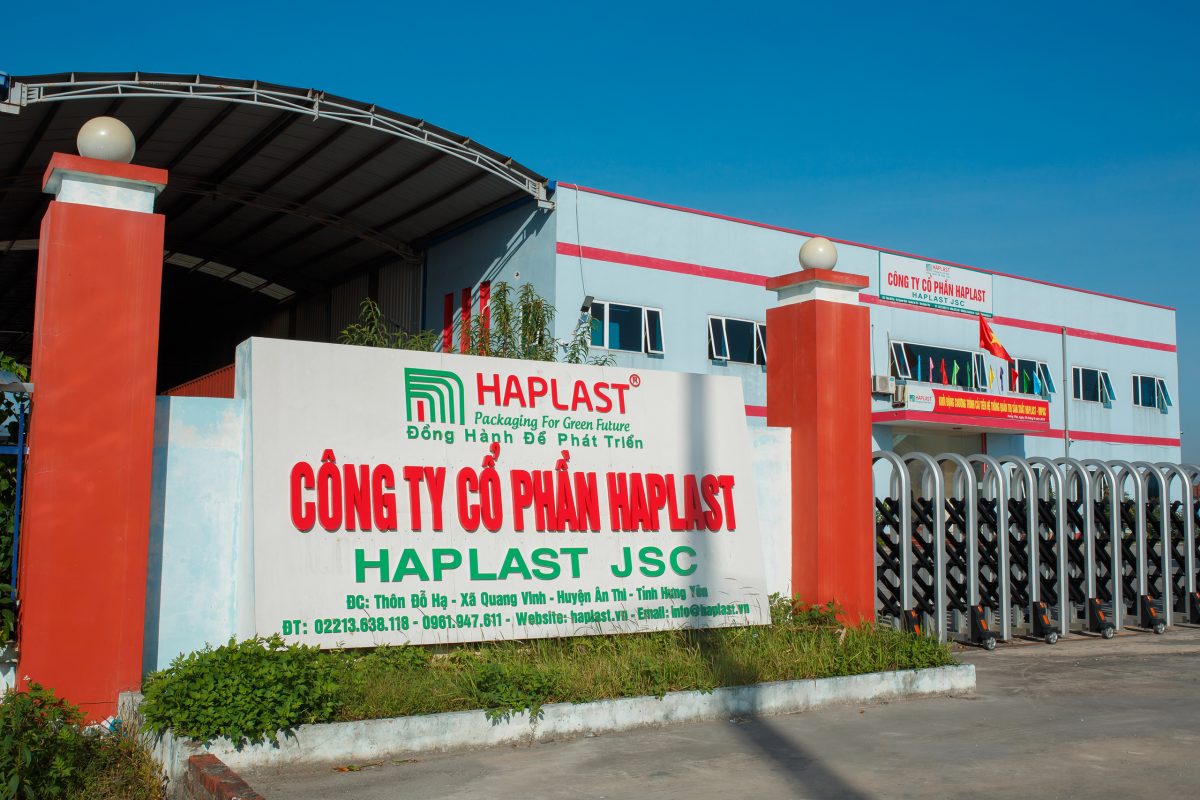
Types of Plastic Medical Bags Used in Healthcare Packaging
Plastics are important to guarantee the safety of health workers and patients from medication packaging to medical device packaging. Plastics maintain and secure medical devices safely and inert so that they don’t interfere with the medicinal system or medication. In exchange, these medical devices do not expose us to illnesses and diseases.
Haplast JSC produces high-quality medical bags in a variety of shapes and sizes, depending on their intended use and contents. Here are a few examples:
Tamper-Evident Specimen Transfer Bags: These Adhesive Closure Medical Bags have a two-wall structure and are not printed. The bags feature a strong adhesive closure for tamper evident security and perforations for easy access.
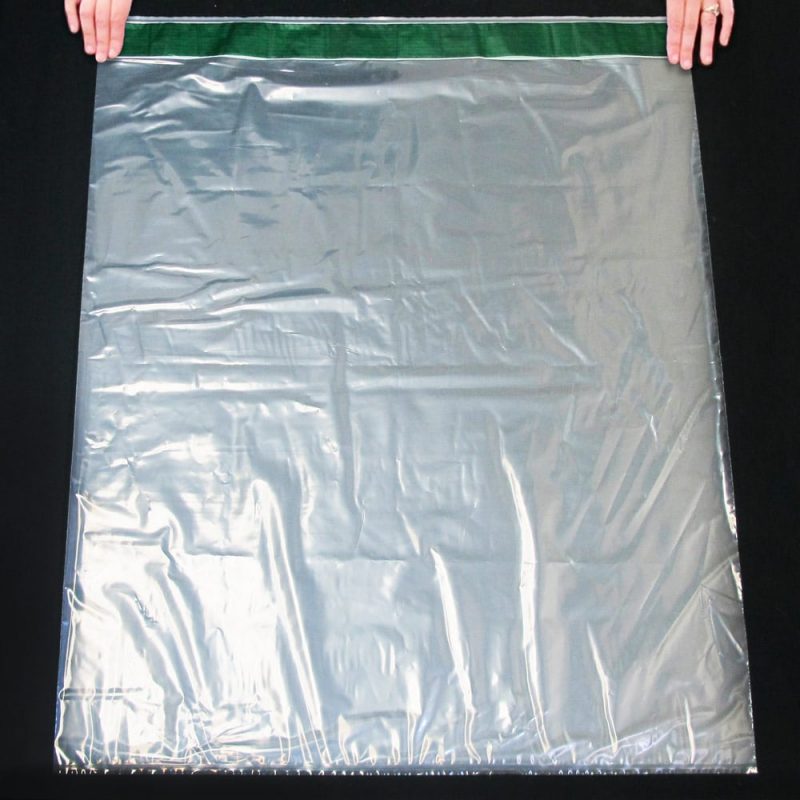
Bedside Bags: Bedside Bags provide a convenient means of discarding bedside refuse in the hospital, care facility or home. Two adhesive strips allow easy attachment to bedside table. Gusseted design facilitates opening and creates more space.
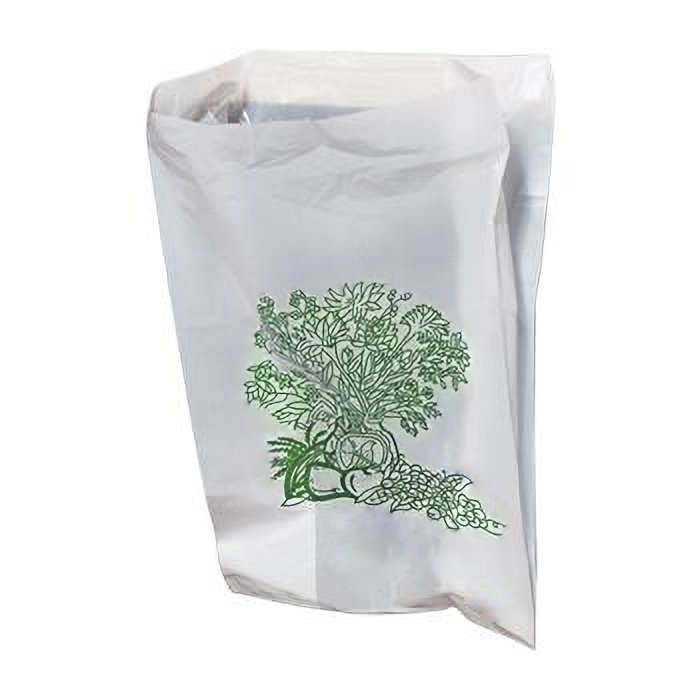
Dressing Disposal Bags: These Dressing Disposal Bags are red-colored, unprinted, high-density bags are ideal for multiple uses and convenience in disposing of discarded wound-care dressings.
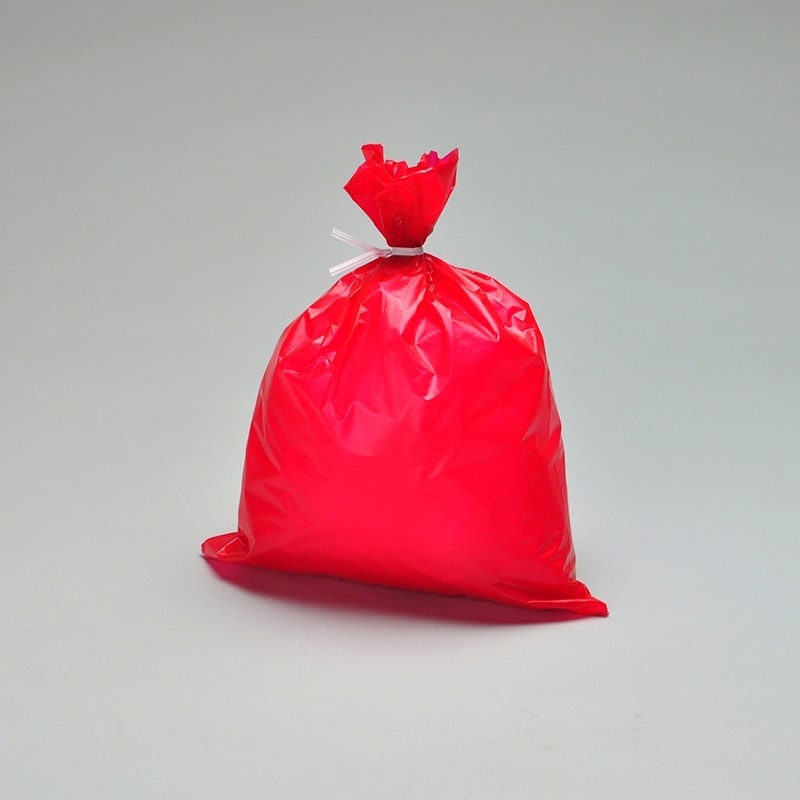
Specimens Bags: These medical bags are designed for transferring specimens from hospitals to laboratories and feature a danger label. They have a three-wall building and an external pouch to handle the documents involved.
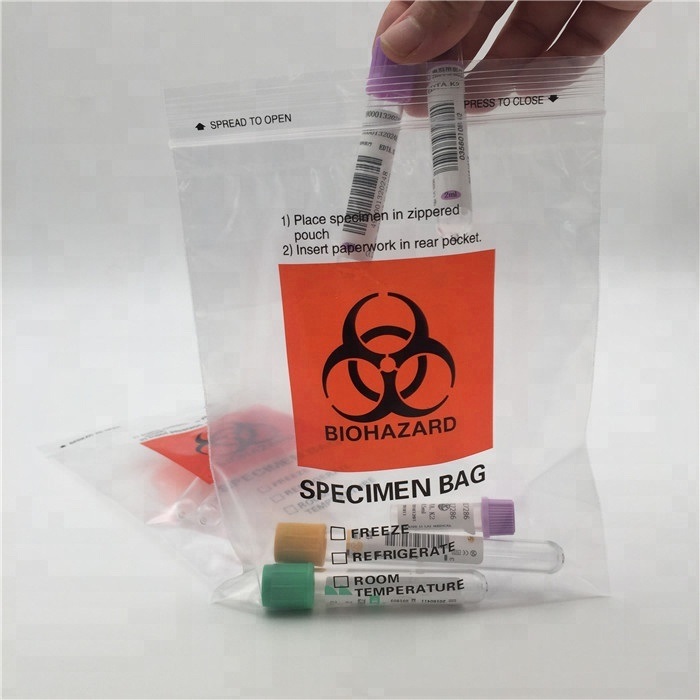
Pharmacy bags: These medical bags are constructed from durable high-density polyethylene. The bags have exceptional strength and a convenient latex-free adhesive tape closure. The adhesive tape is durable and latex-free. The bags are opaque white and thus contribute to the protection of the patient privacy.
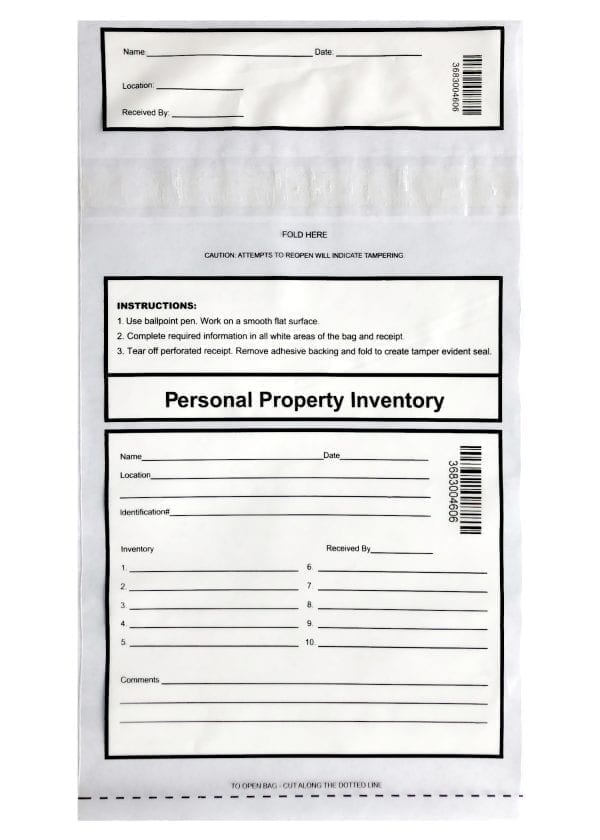
Respiratory Setup Bags: Drawstring Respiratory Setup Bags are used to transport respiratory devices such as endothelial tubing and bag valve masks.
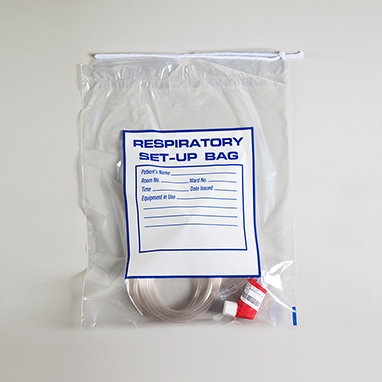
Waste Medical Bags: Linear low-density liners with sealed bottoms are used as waste bags. They shield the recipient or handler from the contents of the package. They show the biohazard symbol as well as warnings in commonly used languages like English and Spanish. They’re used to transport and dispose of contaminated waste.
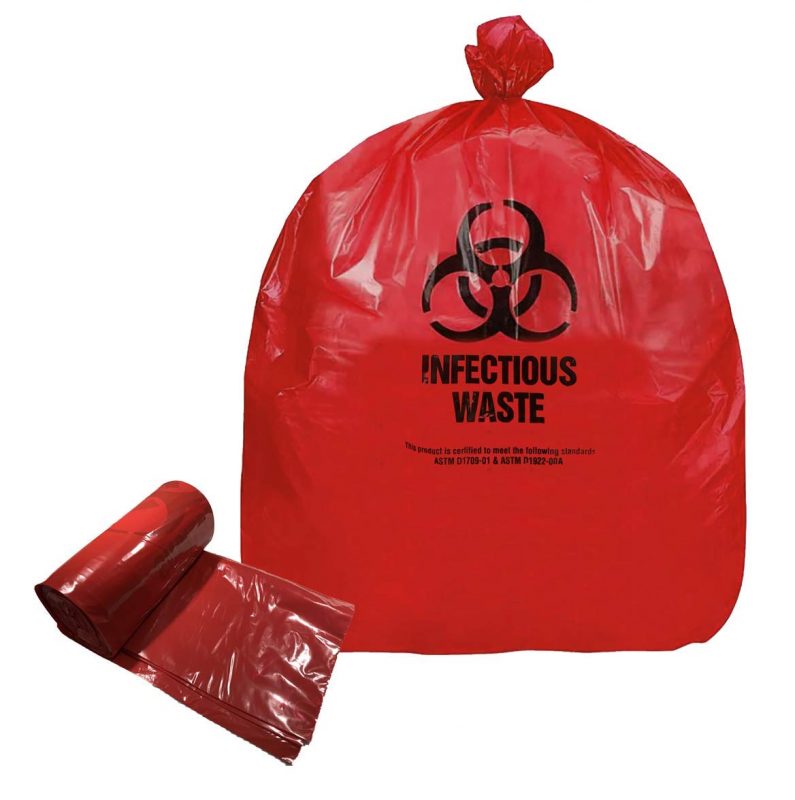
Sterilization Bags: green bags are used to sterilize different appliances and equipment.
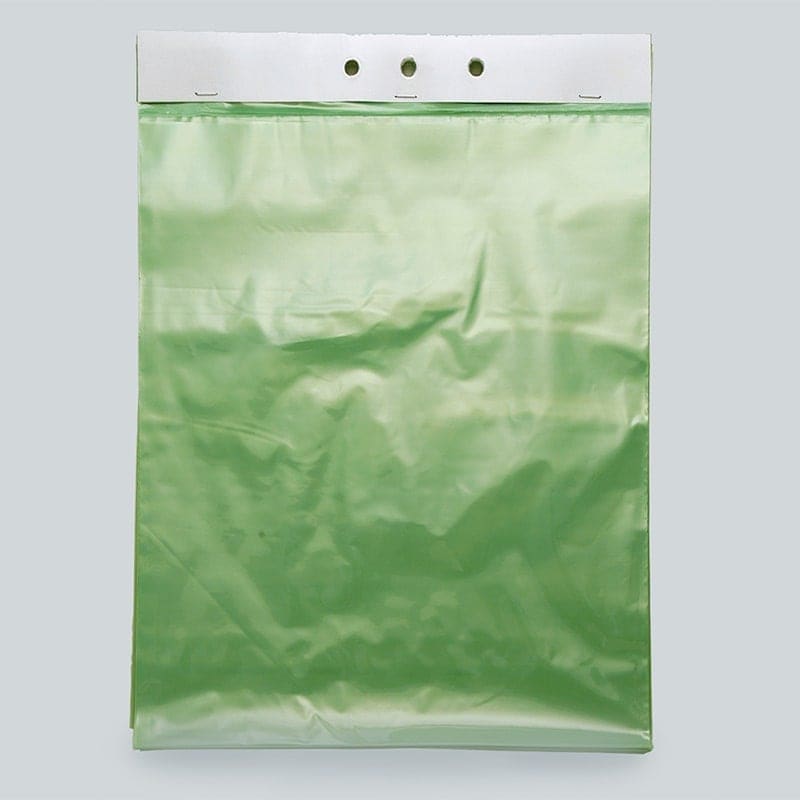
Ziplock-Reclosable Bags: These bags have a resealable seal and are used to transport medications or small medical instruments and equipment. The printing is done according to the specifications. For example, depending on the use, these bags can contain details such as “refrigerate,” “lab specimen,” “narcotic drug,” or something else important.
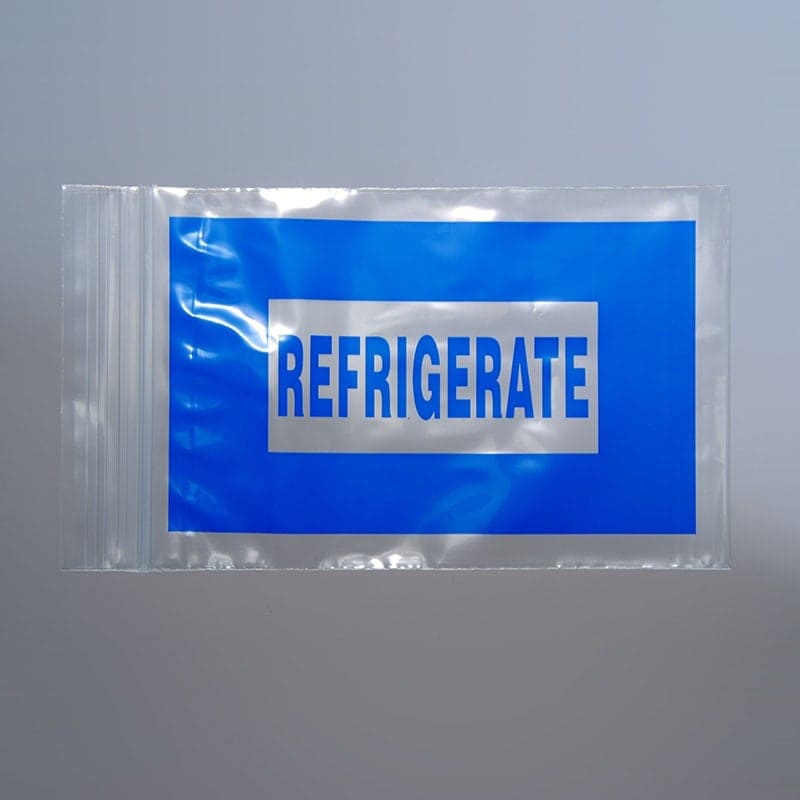
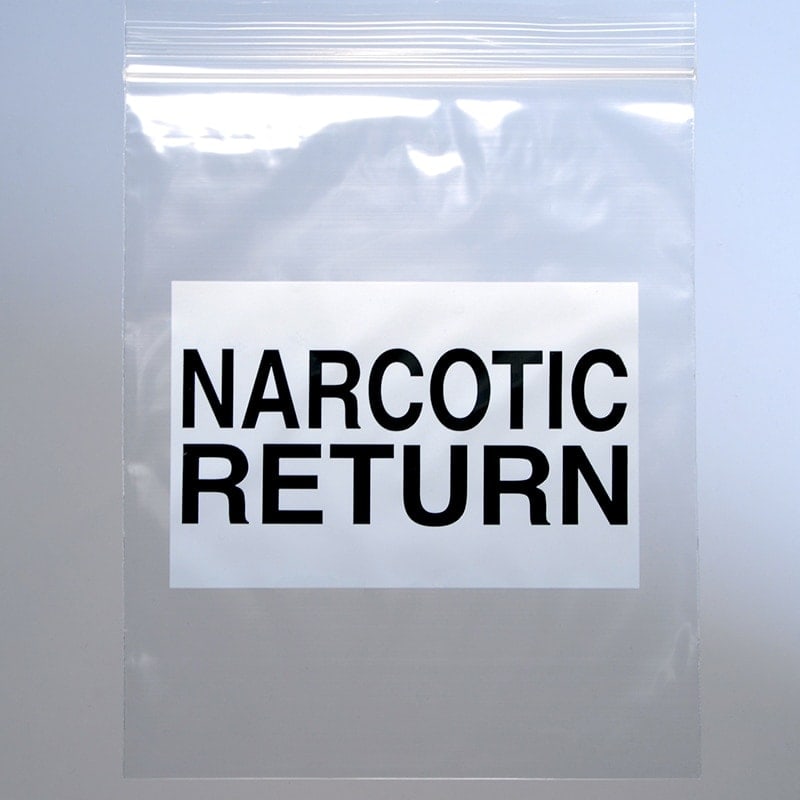
Transfer Containers: These bags are sealed with a tamper-evident seal. They have a built-in perforation for fast tearing. This seal closure is made with extremely strong adhesives. They are used to safely transport medications from the pharmacy to the location where they’re needed.
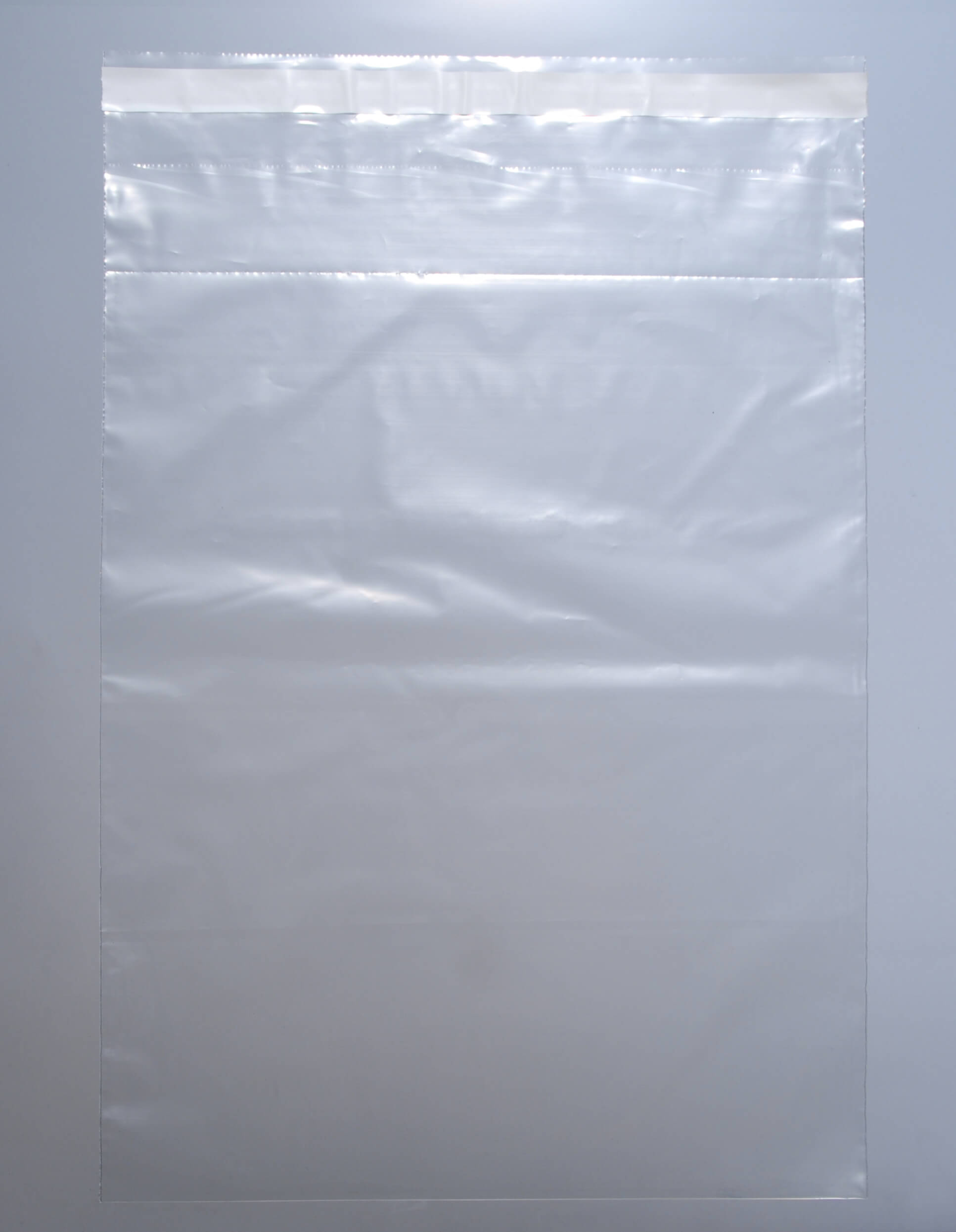
The plastics used in medical packaging, as well as the finished packages themselves, are subjected to a series of stringent tests to ensure their protection and suitability for the intended use, depending on the end-use application.
